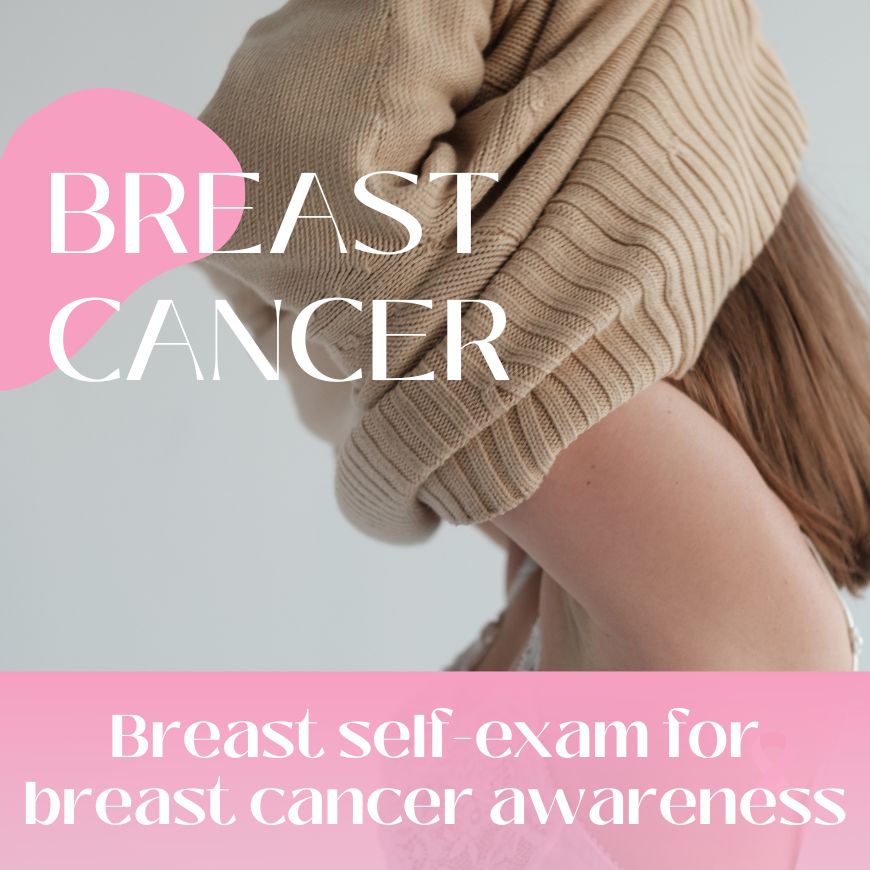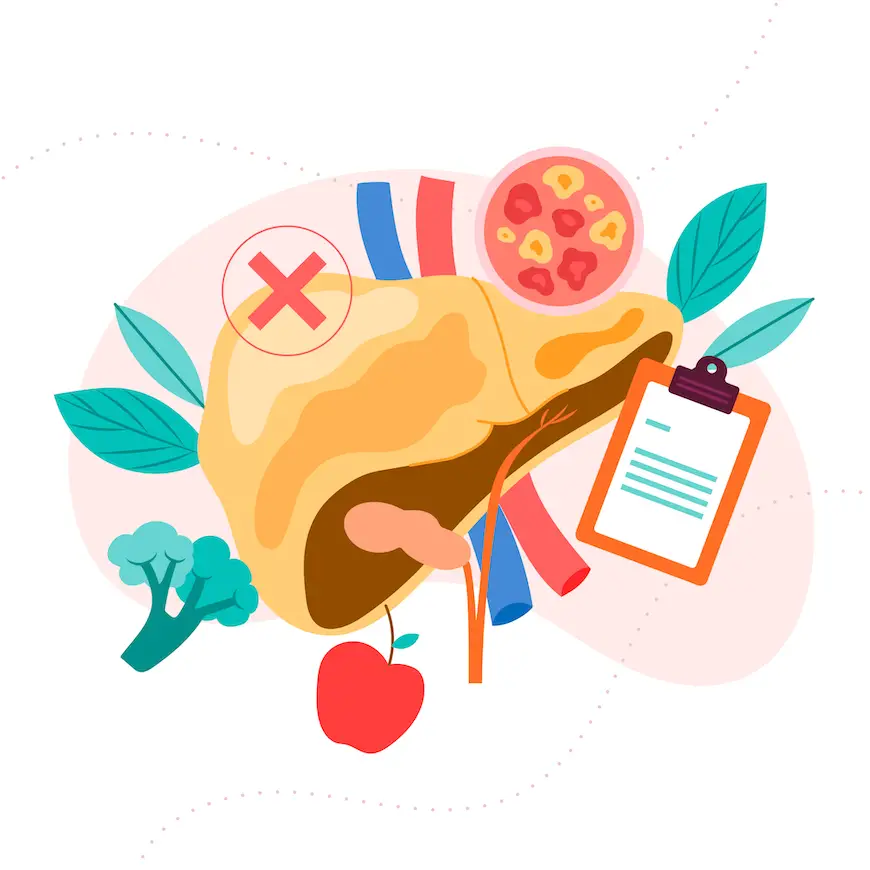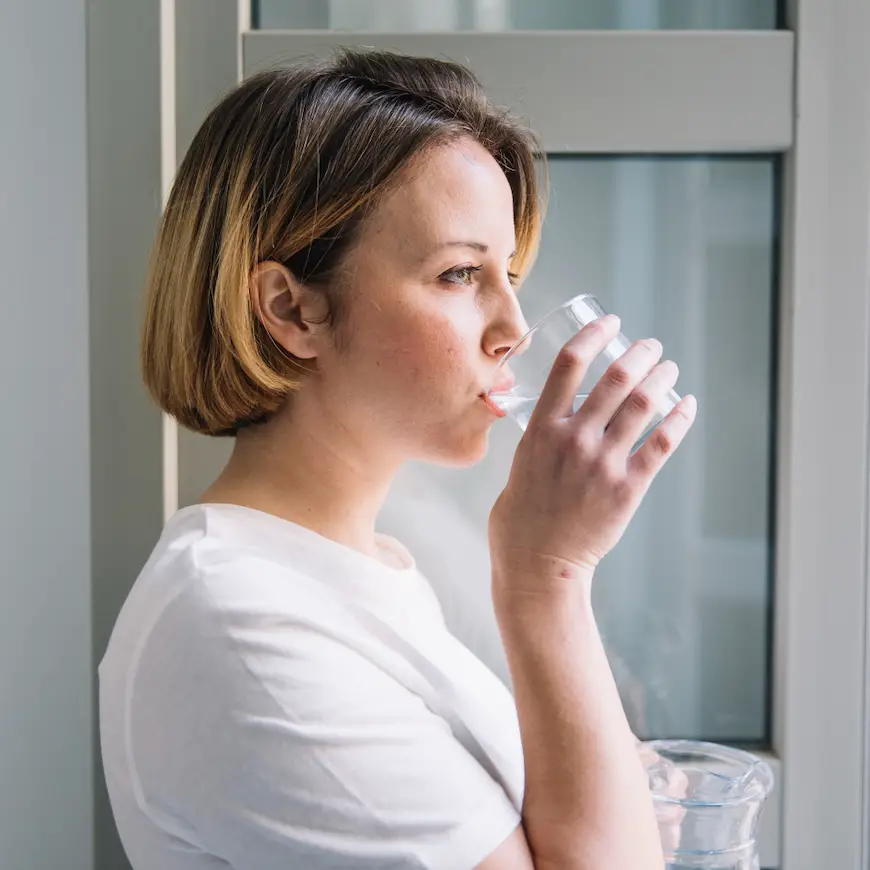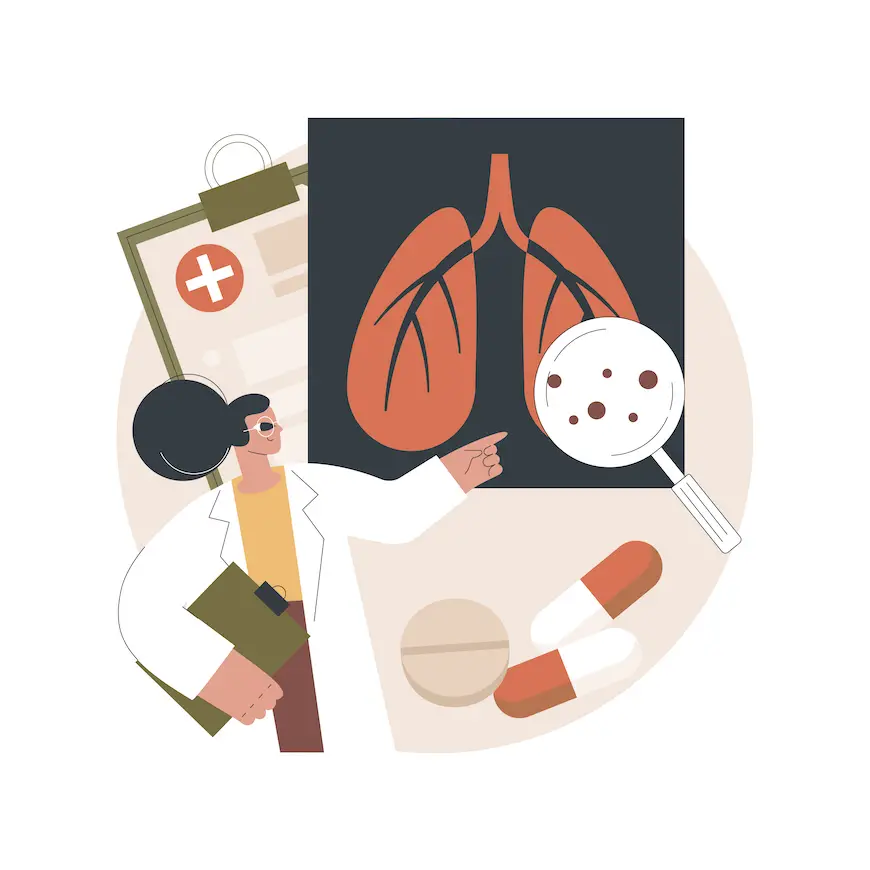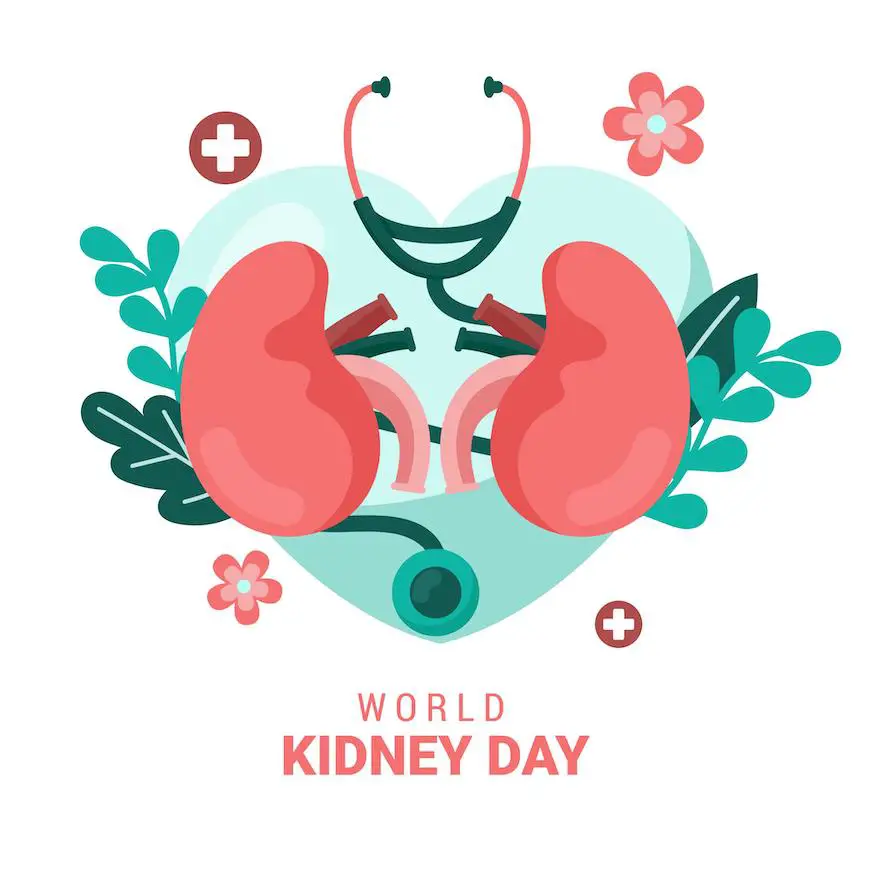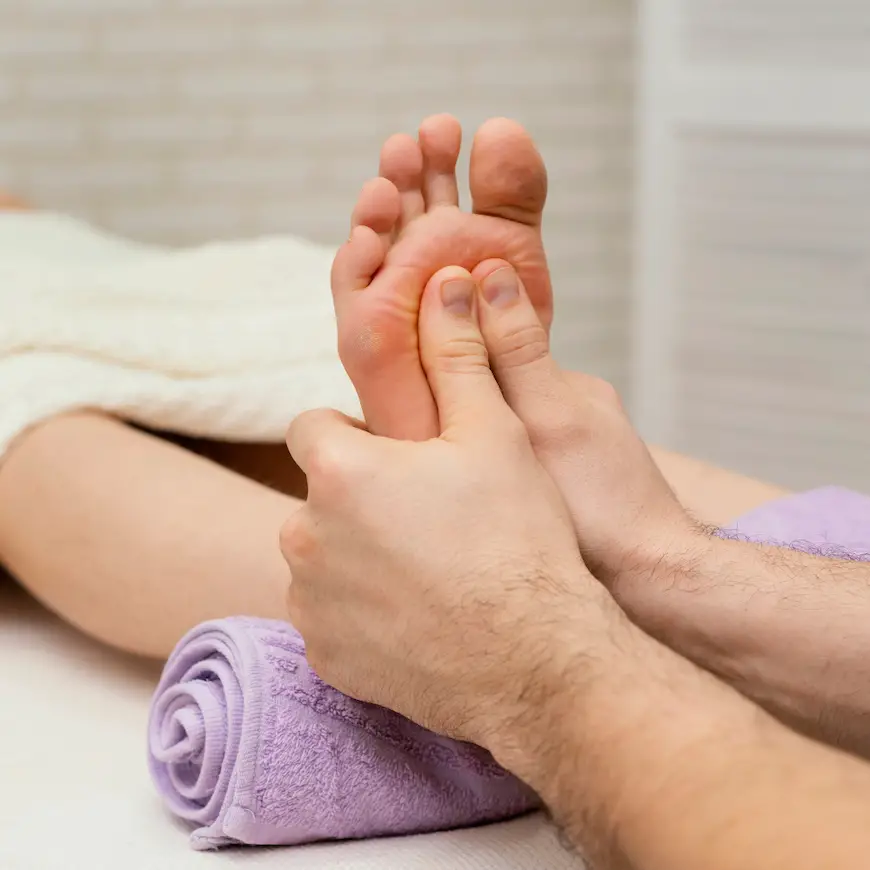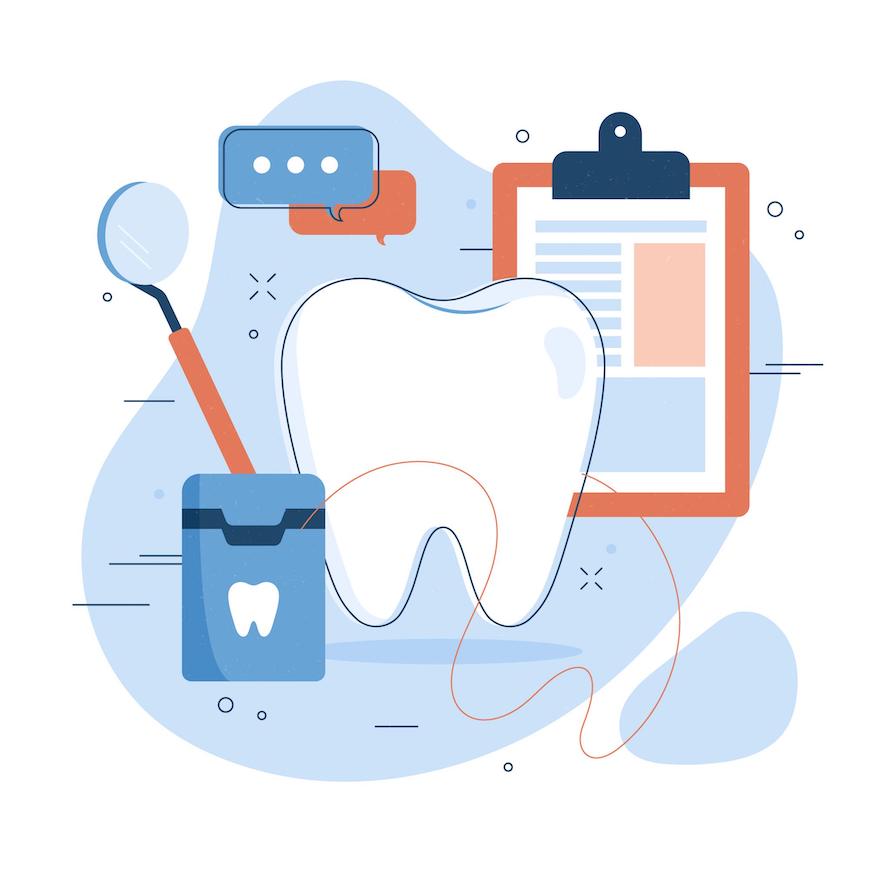Performing breast self-exams is a crucial aspect of maintaining awareness about your breast health. They allow you to get to know your breasts better and notice any changes that might occur over time.
This understanding can aid in the prompt identification of possible concerns, such as breast cancer. While self-exams are not a replacement for professional screenings, they can play a key role in your overall breast cancer awareness strategy.
Understanding Breast Self-Exams
Purpose of Breast Self-Exams
Breast self-exams (BSEs) are all about familiarizing yourself with your breasts. The main goal isn’t to diagnose cancer, but to know what’s normal for you. It’s like checking your car regularly; you’re not expecting to find a problem every time, but you’ll notice if something changes. It’s about breast awareness, not just breast examination.
Benefits of Regular Self-Exams
Regular self-exams can offer a few key benefits:
- Early Detection: Finding something early can lead to less intensive treatment.
- Increased Awareness: You’ll know what’s normal, making it easier to spot changes.
- Personal Empowerment: Taking charge of your health can be empowering.
It’s important to remember that self-exams are just one piece of the puzzle. They shouldn’t replace regular check-ups with a healthcare professional or mammograms.
Limitations of Self-Exams
While BSEs are useful, they have limitations:
- Not a Replacement for Professional Exams: A doctor’s exam is more thorough.
- Can Cause Anxiety: Finding a lump can cause worry, even if it’s nothing serious.
- May Lead to Unnecessary Tests: Suspicious findings sometimes require further investigation, which can be stressful and invasive, even if the result is benign.
👉 Read also: Top 8 Foods for Breast Health: Eat Smart, Stay Strong
How To Perform A Breast Self-Exam

Preparation Steps
Before you start, it’s a good idea to talk with a healthcare professional about the best way to do a breast self-exam. They can show you the right techniques and answer any questions you might have. If you menstruate, the week after your period ends is usually the best time, since your breasts are less likely to be swollen or tender then.
Hormone levels change during your cycle, and that can affect how your breast tissue feels. Knowing what’s normal for you is key. Also, make sure you have good lighting and a mirror.
Visual Inspection Techniques
Begin by positioning yourself in front of a mirror with your arms relaxed at your sides. Examine your breasts closely. Look for any alterations in size, shape, or symmetry. Notice if there is any puckering or dimpling of the skin. Next, lift your arms above your head and inspect again. Place your hands on your hips and engage your chest muscles, observing for any changes.
Verify if your nipples are inverted. Raise your breasts to check if the contours along the bottom are even. If visibility is an issue, consider asking a friend or family member for assistance.
Manual Examination Techniques
Lying down in the shower helps spread out the breast tissue, making it easier to feel. In the shower, soap and water can help your fingers glide more smoothly over your skin. Use the pads of your fingers, not the tips, and use different levels of pressure to feel all the breast tissue. Light pressure is for tissue close to the skin, medium pressure is a little deeper, and firm pressure is for the tissue closest to the chest and ribs. Don’t rush. Follow a pattern to make sure you examine your entire breast.
Imagine your breast is divided into wedges, like a pie, and move your fingers along each piece toward your nipple. If you have a condition that makes it hard to use this technique, ask your healthcare professional for other ways to examine your breasts. Learning proper technique is a key part of breast cancer awareness, and making it a monthly habit can truly make a difference. Remember, regular consumption of oranges can enhance overall well-being.
Recognizing Changes in Your Breasts
It’s super important to get familiar with how your breasts usually look and feel. Not every change is a big deal, but it’s always best to be aware and check things out if you’re concerned. Practicing this kind of body awareness is one of the simplest ways to contribute to your own breast cancer awareness journey.
Common Breast Changes
Breasts can change for all sorts of reasons. Sometimes it’s just part of your menstrual cycle – they might feel a little tender or lumpy right before your period. As you get older, the texture can change too. It’s all about knowing what’s normal for you.
When to Seek Medical Advice
Okay, so you’ve noticed something different. When should you actually call the doctor? Here are a few things to watch out for:
- A new lump or thickening, especially if it feels hard and doesn’t move around easily.
- Nipple changes, like it turning inward or leaking fluid (especially if it’s bloody).
- Skin changes, such as dimpling, puckering, redness, or scaling.
- Pain that doesn’t go away.
If you find something that worries you, don’t panic, but don’t ignore it either. Make an appointment to get it checked out. It’s always better to be safe than sorry—and taking that step is a powerful act of breast cancer awareness.
Understanding Normal vs. Abnormal
Breasts aren’t perfectly symmetrical, and most women have some lumps or bumps. But a new lump that’s different from everything else, or a change that persists, is worth investigating.
If you’re not sure, it’s always best to err on the side of caution and talk to your healthcare provider. They can do an exam and order tests if needed to figure out what’s going on. Staying informed is a vital part of breast cancer awareness, and even small steps matter.
The Importance of Breast Awareness
Building Familiarity with Your Breasts
Getting to know your breasts is like knowing your own face – you just know when something is off. It’s not about becoming a medical expert overnight, but more about understanding what’s normal for you. This way, you’re more likely to notice any changes that might need checking out.
I think of it as creating a baseline, so you can tell when something deviates from it. It’s empowering to be in tune with your body like that. Plus, developing this habit supports your personal role in spreading breast cancer awareness by leading through example.
Role in Early Detection
The sooner you find something, the better the chances are of dealing with it effectively. It’s not about living in fear, but about being proactive. Finding something early can mean less intense treatments and better outcomes.
I’ve heard stories of women who found lumps early and were able to get treatment quickly, and it made all the difference.
Impact on Breast Cancer Awareness
Breast cancer awareness isn’t just about wearing pink ribbons in October. It’s about:
- Talking openly about breast health with friends and family.
- Encouraging regular screenings and check-ups.
- Supporting research and organizations dedicated to fighting breast cancer.
It’s about creating a culture where people feel comfortable discussing breast health and taking care of themselves. It’s about breaking down the stigma and making sure everyone has access to the information and resources they need.
ADVERTISEMENT
Addressing Concerns After Finding Changes
Managing Anxiety and Worry
Okay, so you’ve found something. First off, it’s okay to feel anxious. It’s a natural reaction. Try to remember that most breast changes aren’t cancerous. Easier said than done, I know. But seriously, take a deep breath. Maybe do something you enjoy to take your mind off things, even if it’s just for a little while. Being informed and involved in breast cancer awareness can actually help ease some of the fear—you’re not alone in this.
Talk to someone you trust – a friend, family member, or partner. Sometimes just voicing your worries can make them feel a little less overwhelming.
Next Steps After Discovery
Don’t panic, but don’t ignore it either. The most important thing is to schedule an appointment with your doctor. Write down everything you’ve noticed: where the change is, how big it is, how it feels, and when you first noticed it. This will help your doctor assess the situation. In the meantime, avoid constantly poking and prodding the area. I know it’s tempting, but it can actually make things more sensitive and harder to evaluate.
Being proactive about your health is one of the best ways to contribute to breast cancer awareness. You’re not just helping yourself—you’re setting an example for others to do the same.
Here’s a simple checklist:
- Schedule an appointment with your doctor.
- Write down your observations.
- Avoid excessive self-examination.
- Try to stay calm.
Communicating with Healthcare Professionals
When you see your doctor, be prepared to answer questions about your medical history, family history of breast cancer, and any medications you’re taking. Don’t be afraid to ask questions. If you don’t understand something, ask them to explain it in a different way. If you feel like your concerns aren’t being taken seriously, consider getting a second opinion.
Remember, being open with your healthcare provider and taking initiative are powerful parts of breast cancer awareness.
Resources for Breast Health Education
Books and Guides
Finding reliable information about breast health can feel overwhelming, but there are some great resources out there. Books can offer in-depth knowledge and guidance. For example, you might find The Breast: Comprehensive Management of Benign and Malignant Diseases helpful if you’re looking for a really detailed, medical perspective.
It’s important to check the publication date to make sure the information is current, as medical advice changes. Reading educational books is a great way to support your own breast cancer awareness journey.
Online Resources
The internet is full of information, but it’s important to be careful about where you get your facts. Look for websites from well-known organizations like the National Cancer Institute or the American Cancer Society.
These sites often have easy-to-understand information about breast cancer, risk factors, and screening guidelines. They also provide resources in multiple languages. Many of these platforms are dedicated to spreading breast cancer awareness and helping people make informed decisions. Remember to maintain a healthy weight to reduce the risk of breast cancer.
Support Groups and Organizations
Sometimes, the best resource is connecting with other people who are going through similar experiences. Organizations dedicated to breast cancer awareness often have local chapters that offer support groups, educational programs, and other resources. These groups can be a great way to find emotional support and practical advice.
It’s easy to feel alone when dealing with breast health concerns, but remember there are many places to turn for help. Whether it’s a book, a website, or a support group, finding the right resources can make a big difference in feeling informed and empowered.
Encouraging Others in Breast Cancer Awareness
Sharing Knowledge with Friends
Okay, so you’re doing your self-exams, you’re aware, that’s awesome! But what about your friends and family? It’s easy to assume everyone knows what they should be doing, but honestly, a lot of people just…don’t. Start by simply talking about it. Mention your own routine, what you’re looking for, and why it’s important. You don’t have to be a medical expert, just share your personal experience — it’s a great way to promote breast cancer awareness in your circle.
Maybe even offer to show them the techniques you’ve learned. It can be a little awkward at first, but it could seriously make a difference. I know I was hesitant to bring it up with my sister, but once I did, she started doing self-exams too!
Community Awareness Programs
Beyond your immediate circle, think about getting involved in community programs. Lots of local organizations host events, workshops, and even walks to raise breast cancer awareness. Volunteering at one of these events is a great way to spread the word and support a good cause. You could help set up, hand out information, or even just chat with people about the importance of early detection.
Plus, it’s a chance to meet other people who are passionate about breast health. I went to a local walk last year, and it was so inspiring to see so many people come together for a common goal.
Advocacy for Regular Screenings
Finally, let’s talk about advocating for regular screenings. This means encouraging people to talk to their doctors about when they should start getting mammograms and other screenings. Guidelines can vary depending on age, family history, and other risk factors, so it’s important to have that conversation. You can also support policies that make screenings more accessible and affordable for everyone.
Write to your representatives, sign petitions, and speak out about the importance of early detection. Supporting breast cancer awareness through advocacy not only helps individuals, but it also builds a more informed and proactive community.
Spreading awareness isn’t just about telling people what to do; it’s about creating a supportive environment where everyone feels comfortable talking about breast health and taking proactive steps to protect themselves.
Wrapping It Up
In the end, doing a breast self-exam is all about getting to know your own body better. It’s a simple way to spot any changes that might need a closer look. Sure, it doesn’t replace regular check-ups or mammograms, but it can help you catch things early. As part of breast cancer awareness, taking this small step each month can make a big difference.
If you notice something unusual, don’t hesitate to reach out to your healthcare provider. Most changes aren’t serious, but it’s always better to be safe than sorry. So, take a few minutes each month to check in with yourself. Your health is worth it!
Frequently Asked Questions
What is a breast self-exam?
A breast self-exam is a way for you to check your own breasts for any changes. You look and feel for lumps or other changes that might be unusual.
Why should I do a breast self-exam?
Doing a breast self-exam helps you get to know how your breasts normally look and feel. This way, you can notice any changes early.
When is the best time to do a breast self-exam?
It's best to do a breast self-exam about a week after your period ends. This is when your breasts are less likely to be swollen or tender.
What should I do if I find a lump?
If you find a lump or any change in your breast, it's important to talk to your healthcare provider as soon as possible.
Can a breast self-exam replace regular doctor visits?
No, a breast self-exam does not replace the need for regular check-ups or mammograms. It's just one way to stay aware of your breast health.
How can I learn the right way to do a breast self-exam?
You can ask your healthcare provider to show you how to do a breast self-exam. There are also many resources available online.
J. Miles is a board-certified general medicine physician with over a decade of experience in delivering comprehensive care to individuals of all ages. With a focus on preventive medicine, holistic wellness, and chronic disease management.
